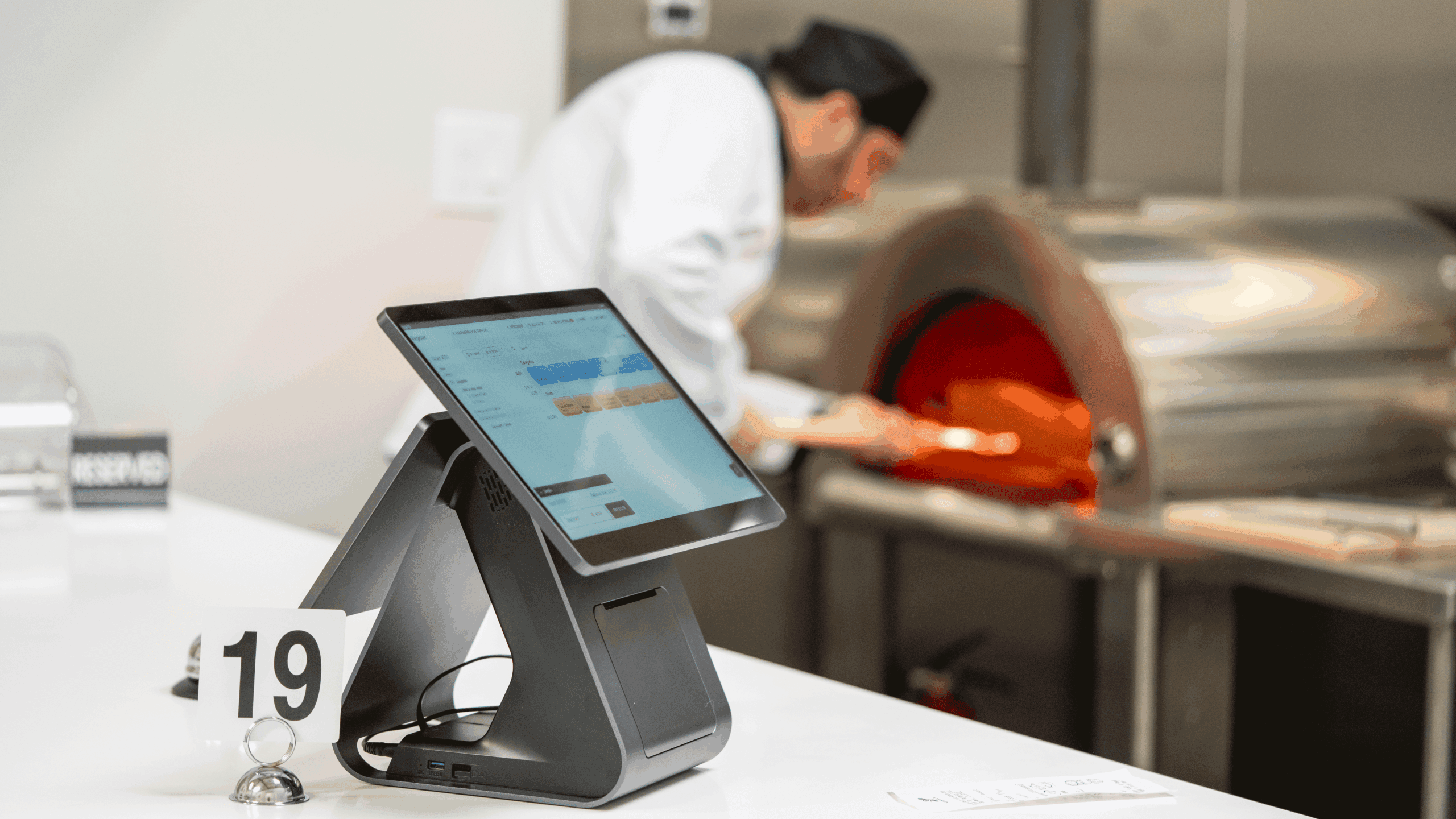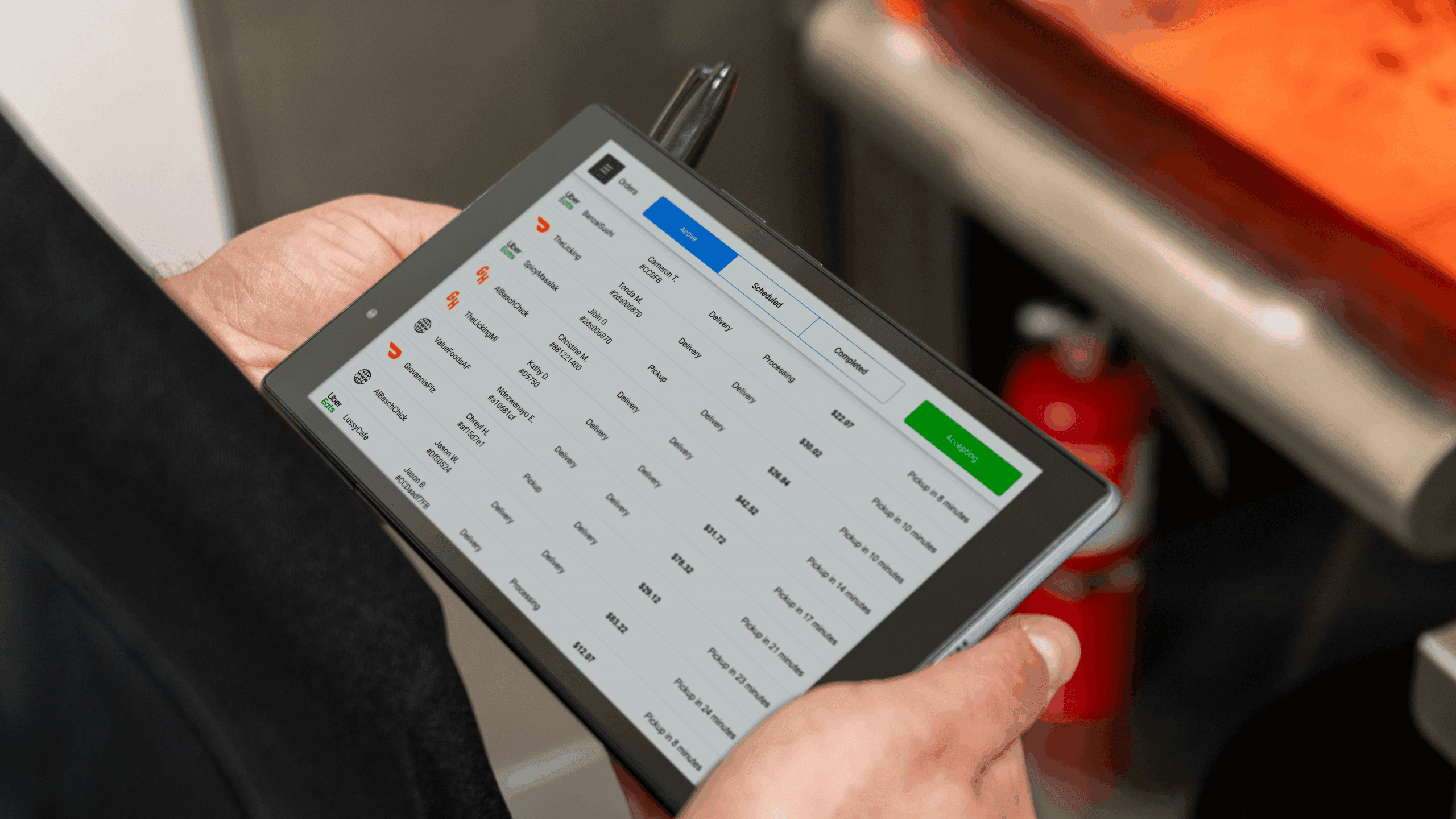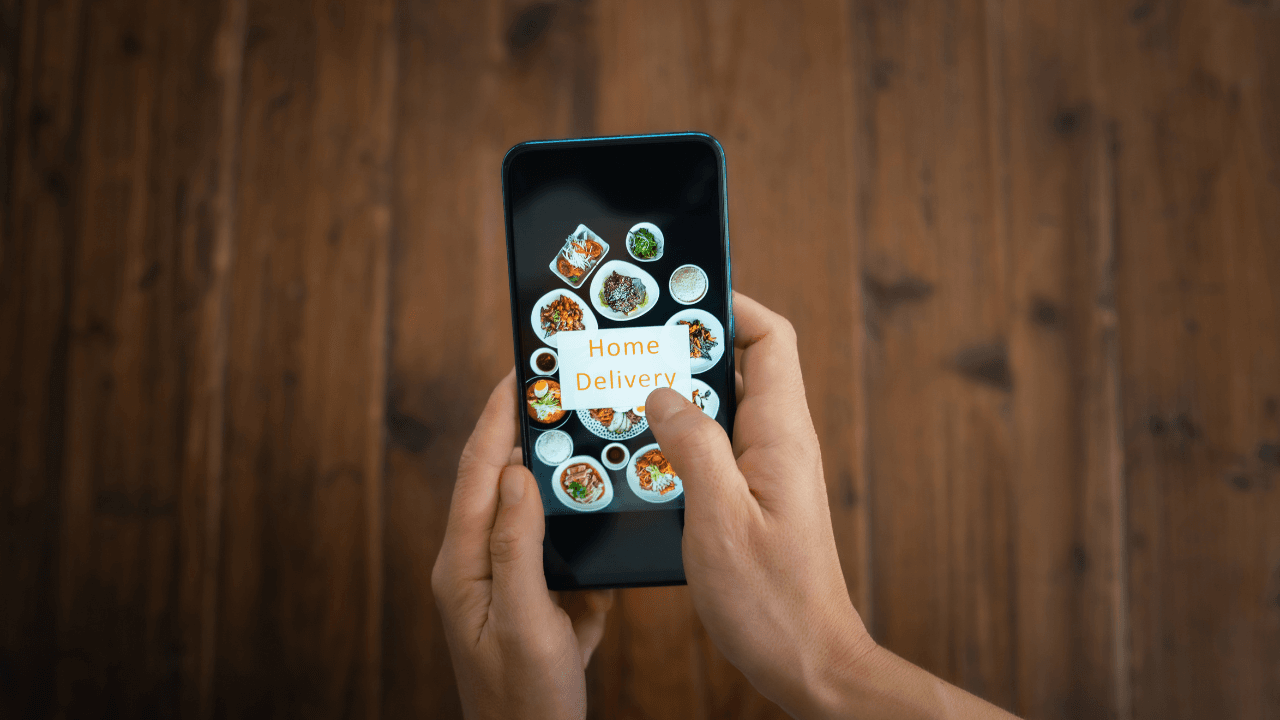- Why is Consumer Interest in Sustainability Rising?
- 7 Examples of Restaurant Sustainability Practices
- How to Develop a Sustainability Plan for Your Restaurant
The demigod named Maui could shapeshift into different creatures in Disney’s 2016 hit Moana.
Though Maui had stolen a heart from an important goddess, he later helped Moana bring life back to her island after going through many challenges along their journey.
If only restoring such a balance was possible in the real world. Imagine reversing a whole hurricane by calling Poseidon.
Unfortunately, with the rise in global temperatures, people are now seeing that being sustainable seems to play a big part in reducing the impact of climate change.
The increase in the frequency of extreme temperatures that cause wildfires and hurricanes has been attributed to many human-led activities, including large-scale animal husbandry, fossil fuel production, and deforestation.
So how can restaurants put on their aprons and start working towards adopting more sustainable practices?
This article can help independent restaurant owners, and especially franchise owners looking to expand their reach, to leave their mark on the sustainability roadmap.
Why is Consumer Interest in Sustainability Rising?
There has been a growing interest of consumers in the subject of sustainability. To the point most of them would be willing to pay more just for sustainable packaging.
Some of the top reasons why there’s a sharp rise in the matters of sustainability include:
Environmental Awareness
Growing concern about environmental issues such as climate change, pollution, and resource depletion has led consumers to seek products and services that align with their values and contribute to a healthier planet.
For instance, choosing to compost food waste or going for a plant-based option instead of meat.
Ethical Consumption
Many individuals are becoming more conscious of the social and ethical implications of their purchasing decisions. They are opting for products and services that prioritize fair labor practices, support local communities, and promote responsible sourcing.
There are companies, especially chocolate-producing ones, that mention how their cocoa beans are farmed in a sustainable manner and where fair labor laws are imposed.
Health and Well-being
Consumers are increasingly associating sustainable products with personal health and well-being. Organic, locally sourced, and minimally processed options are often perceived as healthier choices, driving interest in sustainable practices.
The high awareness of diabetes, hypertension, and heart disease has prompted people to choose healthier meals that include information about the constituents; more fiber and vitamins, less hydrogenated vegetable fat, and saturated fat.
Transparency and Accountability
In the digital age, consumers have greater access to information about brands and their practices. They are demanding transparency in supply chains, production processes, and ingredients, pushing businesses to adopt more sustainable and accountable practices.
Transparency can be adopted through the use of QR codes for menus and food packaging, whereby the customer can quickly access valuable information about the product at hand.
Long-Term Viability
The recognition that unsustainable practices are not viable in the long run has prompted consumers to seek alternatives that ensure a better future for themselves and future generations. This forward-looking perspective fuels the desire for sustainable products and services.
7 Examples of Restaurant Sustainability Practices
Restaurant sustainability can be achieved through several key practices listed below:
Local and Seasonal Sourcing
Embrace ingredients that are locally sourced and in-season. This reduces the carbon footprint associated with long transportation distances, supports local farmers, and ensures fresher and more flavorful dishes.
Reducing Food Waste and Practice Composting
Implement a comprehensive waste reduction strategy and reduce food waste through careful portioning and inventory management. Establish a composting system for food scraps and organic waste, diverting them from landfills.
Reusable and Eco-Friendly Packaging
Offer reusable or biodegradable packaging options for takeout and leftovers. This reduces single-use plastic waste and aligns with customers’ desire for more environmentally friendly options.
Note: some materials like paper are not useful for hot beverages because of their fast degradability. Be sure to do some research before purchasing anything in bulk.
Energy Efficiency Upgrades
Invest in energy-efficient appliances and lighting systems to reduce energy consumption. Implement practices such as turning off lights and equipment when not in use and optimizing kitchen workflows to minimize energy waste.
Placing signs around the workplace reminding staff to reduce energy consumption can be helpful.
Water Conservation Measures
Install water-efficient faucets, dishwashers, and toilets to conserve water. Train staff to use water judiciously, fix leaks promptly, and consider using rainwater harvesting systems for irrigation.
Your Inbox, Your Rules!
Tailor your newsletter with the topics you're most interested in.
Plant-Based Menu Options
Incorporate a variety of plant-based dishes into your menu. By offering more vegetarian and vegan choices, you can reduce the environmental impact associated with meat production while catering to the preferences of health-conscious and environmentally aware diners.
Ensure also to pay attention to future food trends to stay on top of the latest buzz!
Efficient Food Preparation and Portioning
Train your kitchen staff to practice efficient food preparation techniques and portion control. This not only minimizes food waste but also contributes to cost savings.
Additionally, mention the plate portions on your menu so that customers see what their ordered items look like.
For example, mentioning a “single-person pizza portion” isn’t enough if you don’t write the dimensions. That portion can be too big for someone, and they might end up just eating half of it.
How to Develop a Sustainability Plan for Your Restaurant
Embracing sustainable practices in your restaurant requires a thoughtful and systematic approach.
Here are steps to guide you on this transformative journey toward becoming a sustainable restaurant :
Assessment and Goal Setting
- Conduct a comprehensive assessment of your current operations to identify areas where sustainability improvements can be made.
- Set clear and measurable sustainability goals that align with your restaurant’s values and vision. These goals could include reducing energy and water consumption, minimizing waste, sourcing local and organic ingredients, and promoting eco-friendly practices.
Team Engagement
- Involve your staff in the sustainability planning process. Encourage their input, ideas, and commitment to the plan’s success.
- Designate a sustainability coordinator or team responsible for implementing and monitoring the plan.
Resource Management
- Reduce energy consumption by using energy-efficient appliances, LED lighting, and optimizing HVAC systems.
- Implement water-saving practices such as low-flow faucets, water-efficient dishwashers, and regular maintenance of plumbing systems.
Waste Management
- Establish a waste reduction and recycling program. Educate staff on proper waste sorting and disposal methods.
- Minimize single-use plastics by using biodegradable or reusable alternatives for packaging and serving.
Sourcing and Menu Planning
- Prioritize local, seasonal, and sustainably sourced ingredients. Partner with local farmers and producers to support the community and reduce carbon emissions from transportation.
- Design a menu that highlights plant-based and sustainable options, reducing the environmental impact of meat consumption.
Supplier Relationships
- Engage with suppliers who share your sustainability values. Prioritize those who offer eco-friendly packaging, minimize excess packaging, and follow ethical sourcing practices.
Communication and Education
- Educate your staff about the importance of sustainability and provide training on practices such as energy conservation, waste reduction, and responsible sourcing.
- Communicate your sustainability initiatives to customers through menu labeling, signage, and social media to raise awareness and encourage support.
Monitoring and Reporting
- Establish a system to track and measure your progress toward sustainability goals. Regularly review data related to energy consumption, water usage, waste generation, and sourcing.
- Generate reports to share with your team, customers, and stakeholders to showcase your commitment to sustainability and the positive impact you’re making.
Continuous Improvement
- Regularly assess the effectiveness of your sustainability plan and make adjustments as needed. Stay informed about new sustainable practices, technologies, and trends to stay ahead of the curve.
Collaboration and Community Engagement
- Collaborate with other local businesses, community organizations, and sustainability initiatives to share ideas, resources, and best practices.
- Engage with your local community through events, workshops, and partnerships to promote sustainable living and inspire others to make positive changes.
Eco-Friendly Delivery
- If your restaurant offers delivery services, prioritize eco-friendly delivery options. Use sustainable packaging materials, such as compostable or biodegradable containers, utensils, and bags, to minimize waste.
- Optimize delivery routes to reduce fuel consumption and emissions. Consider using electric or hybrid vehicles for deliveries to lower your carbon footprint.
- Encourage customers to choose sustainable delivery options, such as opting out of single-use utensils and requesting minimal packaging.
- Implement a delivery tracking system that allows customers to monitor the progress of their orders in real-time, reducing instances of re-deliveries and unnecessary trips.
Embracing Restaurant Sustainability with Orders.co
In a world increasingly inclined towards sustainability, Orders.co stands as a valuable partner for restaurants looking to make an impactful and lasting difference.
As restaurants aim to blend culinary excellence with environmental consciousness, Orders.co provides an avenue for the seamless integration of sustainable practices.
With a focus on eco-friendly delivery options, waste reduction, and digital efficiency, Orders.co ensures that your restaurant not only serves delicious meals but also prioritizes the planet.
By partnering with Orders.co, restaurants can showcase their commitment to sustainability, attracting a wider range of eco-conscious consumers and amplifying their brand value in a competitive market.
In essence, as we shape the future of the restaurant industry, let Orders.co be the trusted companion in your sustainable journey.



